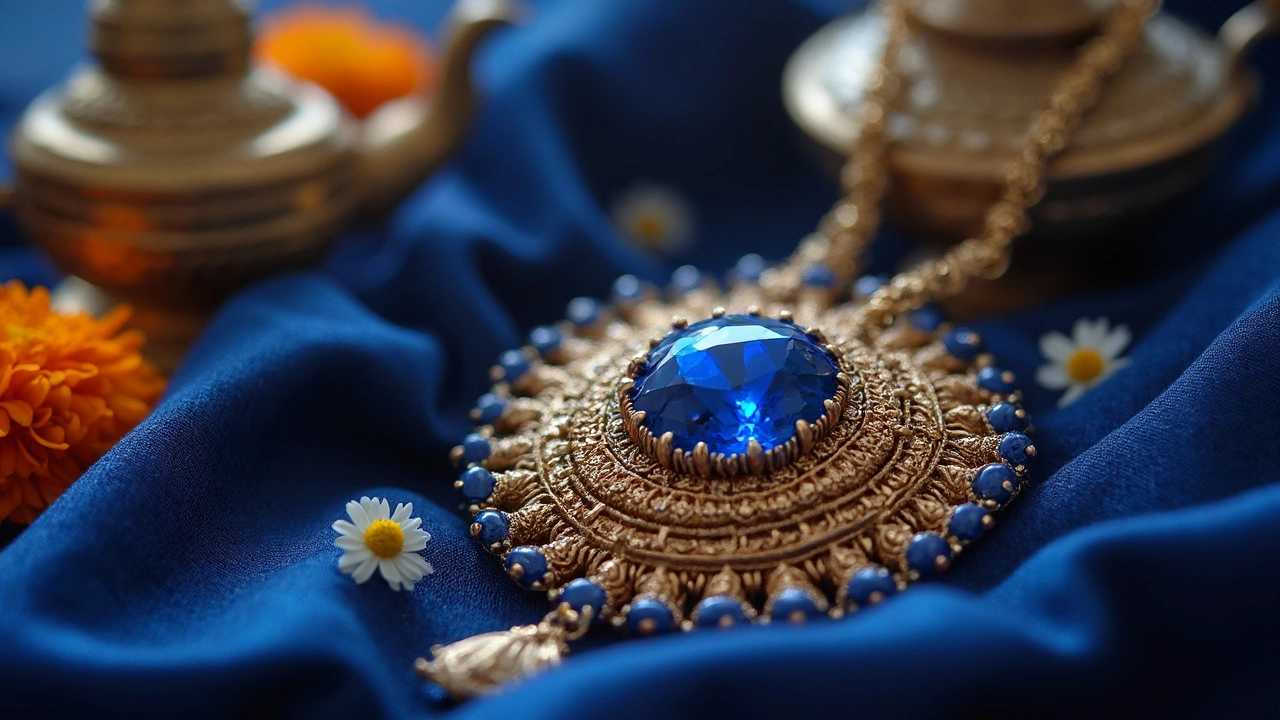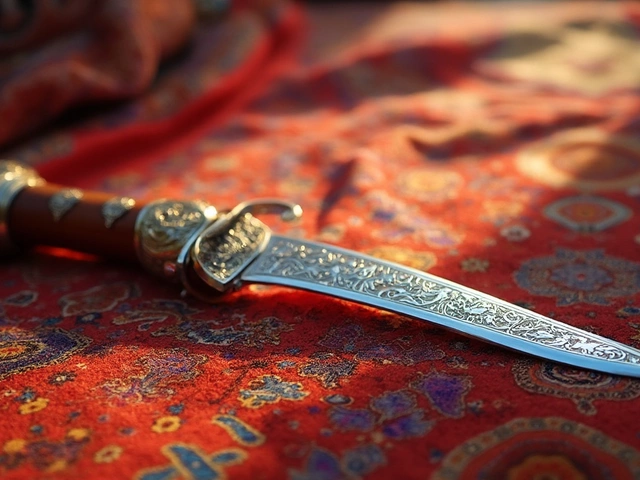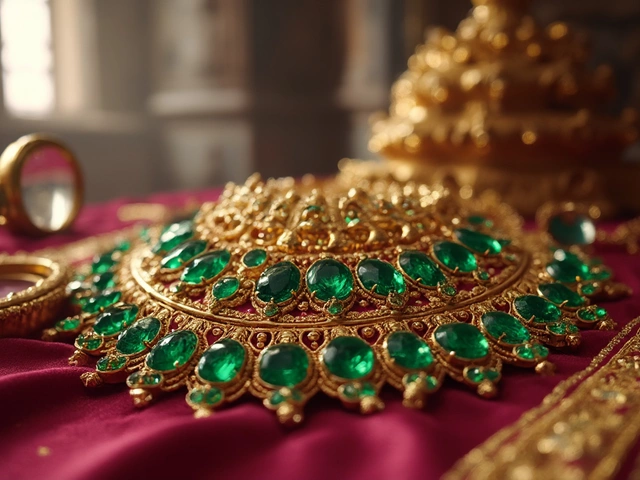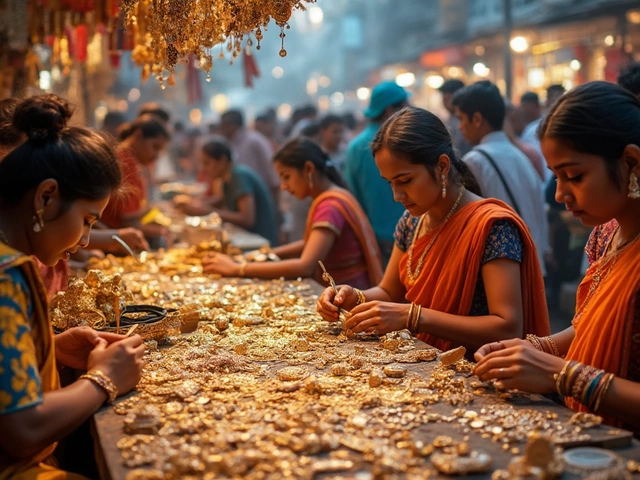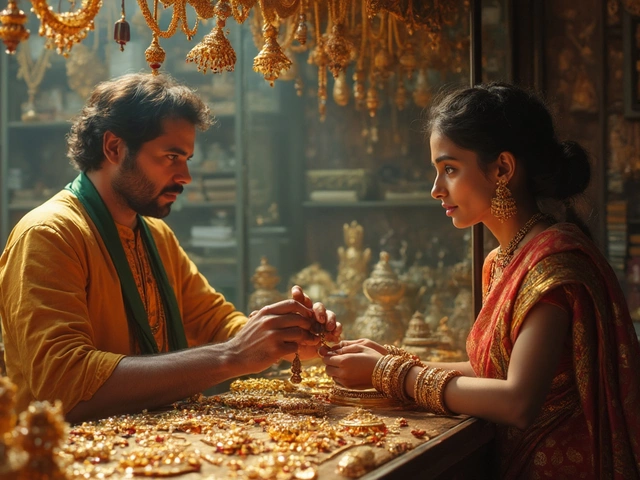Kashmir Sapphires – The Blue Treasure Every Jewelry Lover Should Know
If you’ve ever seen a deep, velvety blue stone that seems to glow from inside, you were probably looking at a Kashmir sapphire. These gems have been the talk of jewelers for over a century because they combine a rare color with a mysterious history. In this guide, we break down what makes them special, how to buy a real one, and the best ways to keep them shining.
What Makes Kashmir Sapphires Unique?
Kashmir sapphires are famous for a color that many call “vivid cornflower blue.” It’s not just any blue – the shade has a soft, almost velvety tone that changes with the light. The stones also have a high level of clarity, meaning you see very few inclusions. This combination of color and clarity is what sets them apart from other sapphires found in places like Sri Lanka or Madagascar.
The gems come from a tiny area in the Kashmir valley, high up in the Himalayas. The geological conditions there – high pressure, low temperature, and a mix of minerals – created the perfect environment for these sapphires to form. The mines are now closed, which is why the stones are so rare and why you’ll often hear collectors call them “the closed‑mine sapphire.”
Buying Tips and Care for Kashmir Sapphires
Because the original mines are no longer operating, many sapphires on the market are either old stock or stones that have been re‑cut from the original material. To avoid fakes, ask for a reliable certificate from labs like GIA or IGI. Look for details that mention the Kashmir origin, and pay attention to the exact shade description – genuine stones will be described as “vivid cornflower blue” rather than just “blue.”
Pricing reflects the rarity. Expect a Kashmir sapphire to cost several times more than a regular blue sapphire of the same size. If a deal sounds too good to be true, it probably is. Trust reputable dealers who can show you authenticity paperwork and who are willing to let you inspect the stone under a loupe.
When it comes to caring for the gem, treat it like any other sapphire: clean with a soft brush and mild soap, avoid harsh chemicals, and store it separately from softer stones. Though sapphires are hard, the setting can wear over time, so have a jeweler check the prongs every few years.
Styling a Kashmir sapphire is easy because the deep blue pairs well with both gold and white metals. A simple solitaire pendant makes the stone the star, while a halo setting adds extra sparkle. For everyday wear, consider a sapphire‑accented ring or cuff – the color looks striking against both dark and light clothing.
Investors also love these gems. Their limited supply means value tends to rise, especially for pieces with clear provenance and strong color. If you’re looking at buying a Kashmir sapphire as an investment, focus on larger stones (over 1 carat) with excellent cut and minimal inclusions.
In short, a Kashmir sapphire is more than a pretty gem – it’s a piece of geology, history, and art all rolled into one. Whether you’re adding it to a collection, buying it as a gift, or wearing it daily, knowing what to look for will help you enjoy its beauty for years to come.
Kashmir Sapphires: How Rare Are They Really?
Kashmir sapphires have an almost mythical status in the world of gemstones, famous for their intense blue color and extreme rarity. This article dives deep into why these sapphires are so hard to find, especially in the context of Indian temple jewellery. You'll get practical tips on how to spot a real one, why collectors go crazy for them, and how their scarcity impacts their value. Knowing the facts can help you make smarter decisions if you're ever looking to buy or invest in heritage jewellery pieces linked to Indian tradition.
